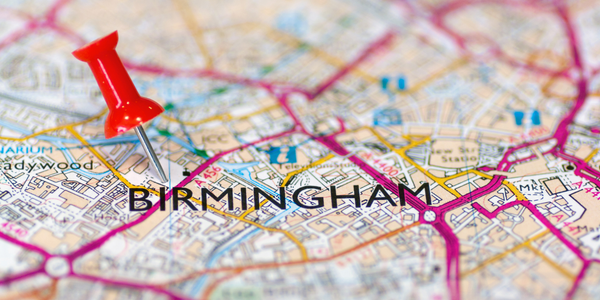Technology Category
- Sensors - Flow Meters
- Sensors - Liquid Detection Sensors
Use Cases
- Smart City Operations
- Tank Level Monitoring
Services
- System Integration
About The Customer
Vaughan Co. is a world leader in the manufacturing of chopper pumps, with over 35 patents and 20,000 pumps installed worldwide. The company's chopper pumps have been used in the toughest pumping applications in both heavy industry and municipal wastewater applications. The key to their operation is a scissor action which occurs between the impeller vanes and the housing, causing incoming solids to be chopped. These pumps are combined with tank floor-mounted nozzles to form the Rotamix® process mixing system, a cost-effective and low life cycle cost process mixing system for digester, sludge storage, and other high-volume large tank mixing applications.
The Challenge
Vaughan Co., a leading manufacturer of chopper pumps, faced a significant challenge in developing process mixing installations for wastewater treatment. The goal was to minimize 'dead zones' in the tank where solids could collect, as these solids decrease active volume and reduce process capacity. However, on-site process optimization was impractical due to the unique nature of each installation. Additionally, model testing for each installation was not only expensive but also offered limited information and could be unreliable due to scale-up issues. The company also faced difficulties in achieving convergence in numerical simulation of tank flows using conventional CFD solvers, due to the nature of the flow, which included large variation in length scales and low velocity.
The Solution
Vaughan Co. turned to ANSYS CFX, a high-performance computational fluid dynamics (CFD) software, to overcome these challenges. The software enabled the company to develop process mixing systems with an optimum active mixed volume. It allowed for computer modelling of each unique installation, enabling the investigation of multiple configurations to determine the effect of nozzle position, aiming, and flow rate. The installed systems confirmed the predictions of the CFD simulations, demonstrating the accuracy and reliability of the software. Furthermore, CFD was also successfully applied to improve the operating efficiency of the chopper pumps themselves. The ease of use of ANSYS CFX, combined with excellent technical support, allowed Vaughan to make the most productive use of their CFD investment.
Operational Impact

Case Study missing?
Start adding your own!
Register with your work email and create a new case study profile for your business.
Related Case Studies.

Case Study
Smart City Public Safety
Amyx+ worked with a local government authority to develop an Internet of Things-enabled public safety strategy. In the current state, vigilance meant manually scanning through potentially hundreds of analog surveillance videos feeds. Manual, costly and ineffective, the local agency desired to transition from analog to digital CCTV, apply computer vision and other technologies to automatically detect potential crime in progress, expedite and streamline emergency calls and integrate with personal wearables to ensure the safety of their citizens.

Case Study
Developing a MyCity Vision for a Digital Birmingham
Birmingham wanted to attract more investment, generate more employment, promote sustainability and offer a better quality of life to their citizens. Birmingham needed a solution that can solve the following problems: lack of statutory authority to enforce specific technology requirements, absence of universal standards to disparate networks, fragmented and incomplete GIS information about city utilities, bureaucratic nature of civic planning processes, rising demand for high-speed connectivity and need for more bandwidth and power for data-intensive services.

Case Study
Barcelona's Smart City Platform
Barcelona city was receiving large amounts of data vertically organized, unable to effectively manage and visualize them in real time on one screen. Barcelona sought an innovative way of managing their assets and resources, along with improving their processes.Data coming from street lighting, traffic, blue zone free parking spots, waste disposal and trucks, acoustic and atmospheric contamination, irrigation system, electric supply stations sensors and actuators.

Case Study
Highway Signs IoT Solution
We all are familiar with electronic road signs both those fixed to overpasses and those portable devices on the highway or even secondary back roads. For far too long it was costly and difficult to update the messages on these signs as it required an approved individual (Police, Department of Transportation, etc.) to update these signs. This is especially critical during safety events such as an Amber Alert - a better solution was needed.





